The Mystery of Big Al: The Story of an Allosaurus!
06.11.2023 08:05
6604 views
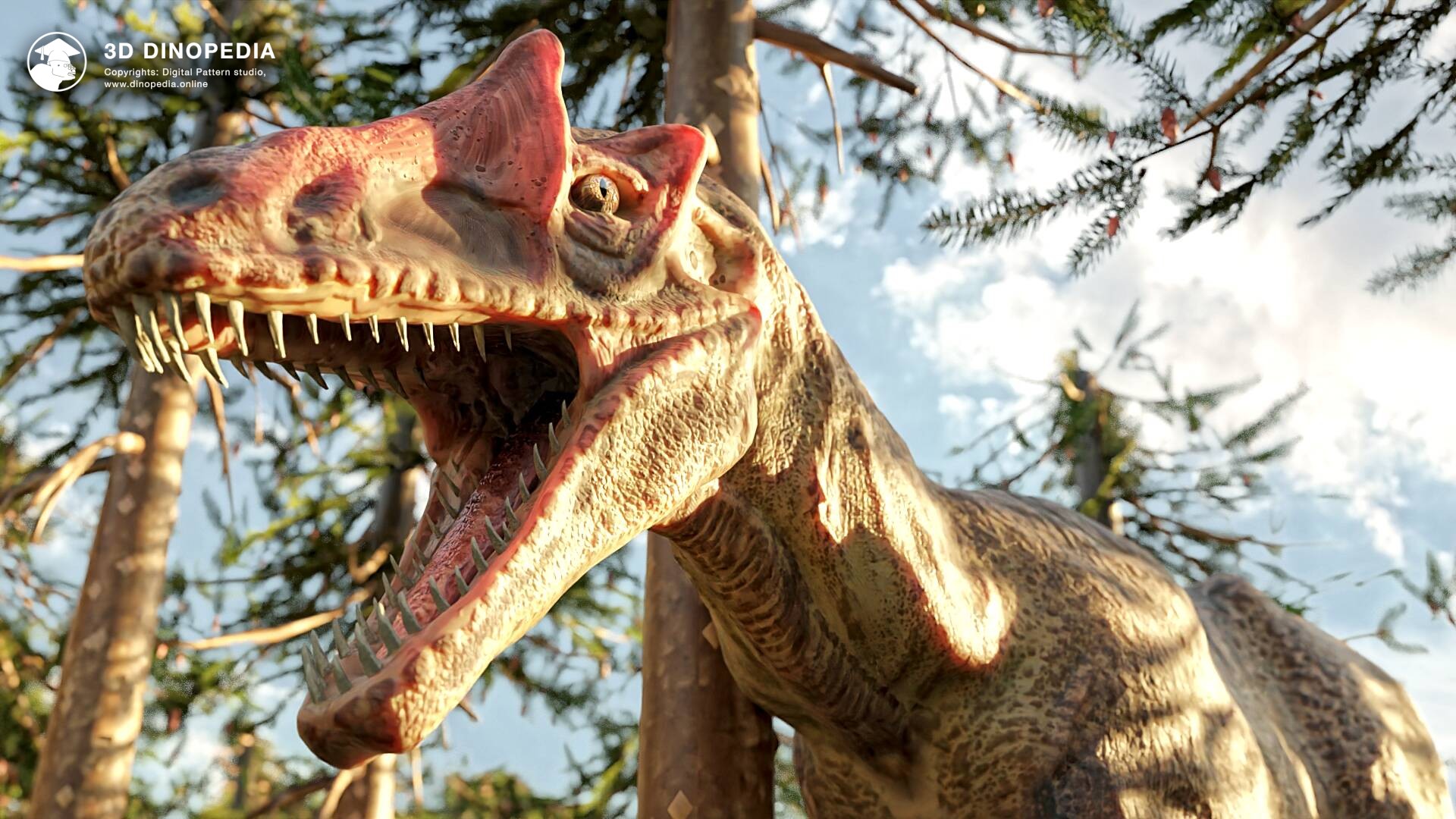
Visitors to the University of Wyoming Geological Museum in the USA will be pleasantly surprised to find a multitude of dinosaur skeletons in one of the main halls. From a niche, the terrifying skull of a Tyrannosaurus glints with teeth, a Stegosaurus skeleton seems to press fearfully into the wall, and occupying almost all the available space in the center of the hall lies the immense Diplodocus. If you walk around the long-necked sauropod, you can discover that hidden beneath its thin, whip-like tail is the skeleton of a predatory theropod that lived alongside this giant. Compared to the Diplodocus, it looks like a mere runt, although it is actually much taller than an adult human and its length exceeds 8 meters (26 feet). This skeleton belongs to the bloodthirsty predator of the Cretaceous period - the Allosaurus. But this is no ordinary Allosaurus; it’s a true star among Allosauruses, the main character of a children's book, a documentary film, and even a computer game, and its name is “MOR 693” or “Big Al.”
What do these strange letters and numbers mean? MOR stands for "Museum of the Rockies", which is located in Bozeman, Montana, USA. The fact is that the Wyoming museum's exhibit boasts an exact replica, while the original "Al" is indeed kept in the collection of the "Museum of the Rockies." Often, the actual dinosaurs are kept in storage, displaying a duplicate to the public to ensure the priceless exhibits are not damaged by environmental factors. Moreover, it's much easier to remove bones for research from storage than from a museum display.
And what about the second name? It’s not hard to guess that “Al” is short for “Allosaurus,” but is it really that big? In fact, no. Adult Allosauruses could grow up to 10 meters (33 feet) in length, perhaps even more, whereas "Big Al" died without reaching its maximum size. The animal lived only 15 years and barely reached a length of 8 meters (26 feet) from the tip of its nose to its tail. The word “big” reflects its significance to science. At the time of its discovery, it was the most complete skeleton, preserving 95% of all bones. But that's not the only reason Al became so famous.
The skeleton of "Big Al" was discovered in 1991 in the Howe Quarry near the village of Shell in Wyoming, USA. During their research, paleontologists noticed evidence of numerous injuries and diseases on its bones, which revealed much about the life and death of this animal. To date, a total of 19 (!) signs of damage acquired by the dinosaur during its short life have been identified. These include traces of bites from other animals, fractures, bone inflammations, and infections. The most severe injury was to its right foot—Big Al had broken its third toe, and worse, it became infected with bacteria. The inflamed limb and swollen toe made walking and hunting difficult for the dinosaur. It likely died of starvation.
This number of injuries indicated that the dinosaur led a very tumultuous and eventful life, filled with fights, battles, chases, diseases, healings, victories, and significant defeats. Such a life could have made Big Al an excellent movie hero! Following this line of thought, the BBC undertook the creation of a documentary film illustrating the life journey of one dinosaur. In 2000, "The Ballad of Big Al" was released. Subsequently, Stephen Houl wrote a children's book about him ("Allosaurus! The Life and Death of Big Al"), and an online role-playing game was created.
It seemed that scientists had completely "dissected" this dinosaur both literally and figuratively, extracting all possible information from it. However, scientific interest in Big Al continues to this day, and over the years since the film's release, Al has presented several more astonishing surprises.
For instance, in 2013, based on the skull of this dinosaur, scientists from Ohio were able to recreate the most detailed model of its jaw and neck musculature, refining the strength of its bite and its attack pattern. It turned out that allosaurs had not very powerful jaws, but they did have sharp teeth and strong necks. Likely, they struck their prey with their jaws like predatory birds with their beaks, then retreated from the potential victim, waiting for it to lose a significant amount of blood.
Then in 2019, a young English paleontologist, Jack Wilkin, refined details about the dinosaur's immune system and the circumstances of its death. It turned out that the allosaurus' body had many bird-like characteristics, including an excellent ability to heal wounds. None of the injuries were fatal to the reptile. However, they hindered its hunting abilities, which presumably led to its demise. Big Al died in the channel of a dried-up river, and traces of beetle activity found on the bones indicate that only bones were left of the dinosaur very quickly. Later, the skeleton was covered with silt from a flood and, becoming encased in rock, began to fossilize.
But the most sensational news was saved for last by "Al." In 2020, it was established that it was not a classic allosaur as previously thought. Initially, it was described as a representative of the well-known species "Allosaurus fragilis." However, it turned out that this animal belongs to a different, previously unknown species. It was named Allosaurus jimmadseni, in honor of the paleontologist James H. Madsen, Jr. Nevertheless, the differences from other species are not so great, only an experienced paleontologist's eye could discern the uniqueness of these reptiles by carefully examining their skull.
Few know, but Al has a "brother." In 1996, also in the state of Wyoming, not far from where "Big Al" was found, another nearly complete skeleton was discovered - SMA 0005, nicknamed "Big Al II." He was slightly larger than the first Al, reaching about 10 meters (33 feet) in length and weighing around 3 tons. The most astonishing thing is that this allosaur was also quite battered by life. At least 12 bones show signs of injuries and diseases. And one of the injuries - a fracture of the pelvic bones - likely proved to be fatal, as there are no signs of healing of this fracture.
It seems the life of allosaurs was very challenging. No wonder, since they lived at the end of the Jurassic period, about 150 million years ago, competing with predators such as Torvosaurus and Ceratosaurus, battling with herbivorous Stegosaurus, and encountering such long-necked giants as Brachiosaurus, Diplodocus, Supersaurus, and many others. In short - being a dinosaur was no easy feat!
By the way, "Big Al" was able to provide invaluable assistance to the "3D Dinopedia" team! After all, paleontologists have not been able to intricately recreate the musculature structure for every ancient animal. Therefore, the cranial and cervical muscles of "Big Al," studied in 2013, became one of the main models for recreating the musculature of many carnivorous dinosaurs in our encyclopedia. You can see for yourself how detailed the muscles are by opening a 3D model of any animal in the application and turning on the muscle viewing mode. Study the anatomy of animals and conduct your own research!
Article with a detailed description of the musculature of "Big Al": Snively, Eric, Cotton, John R., Ridgely, Ryan, and Witmer, Lawrence M. 2013. Multibody dynamics model of head and neck function in Allosaurus (Dinosauria, Theropoda), Palaeontologia Electronica Vol. 16, Issue 2; 11A 29p.
Discussions
Recommended articles:
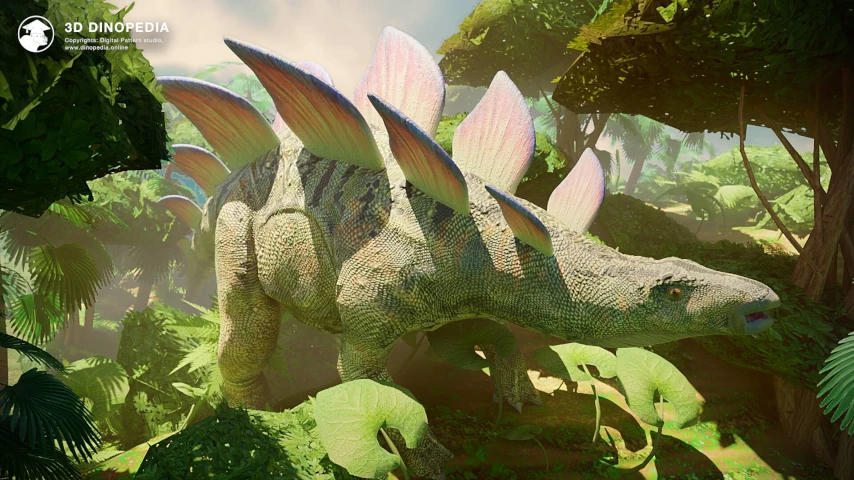
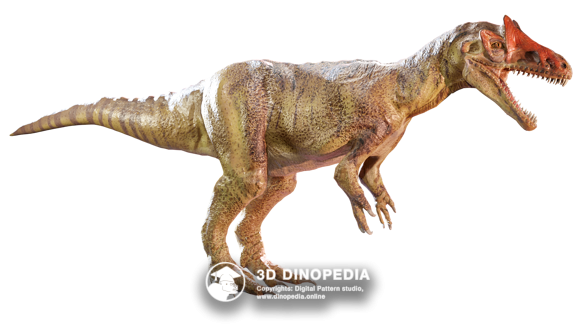
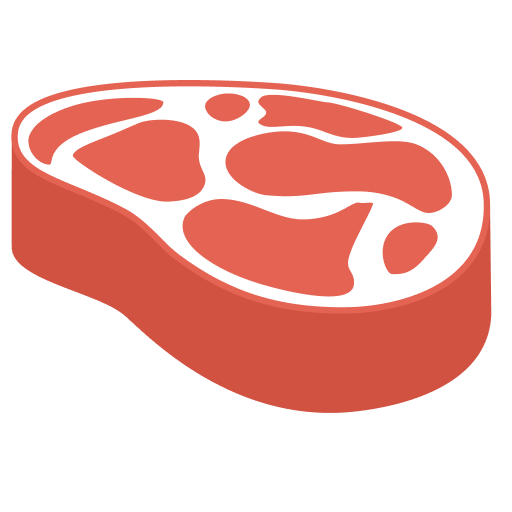
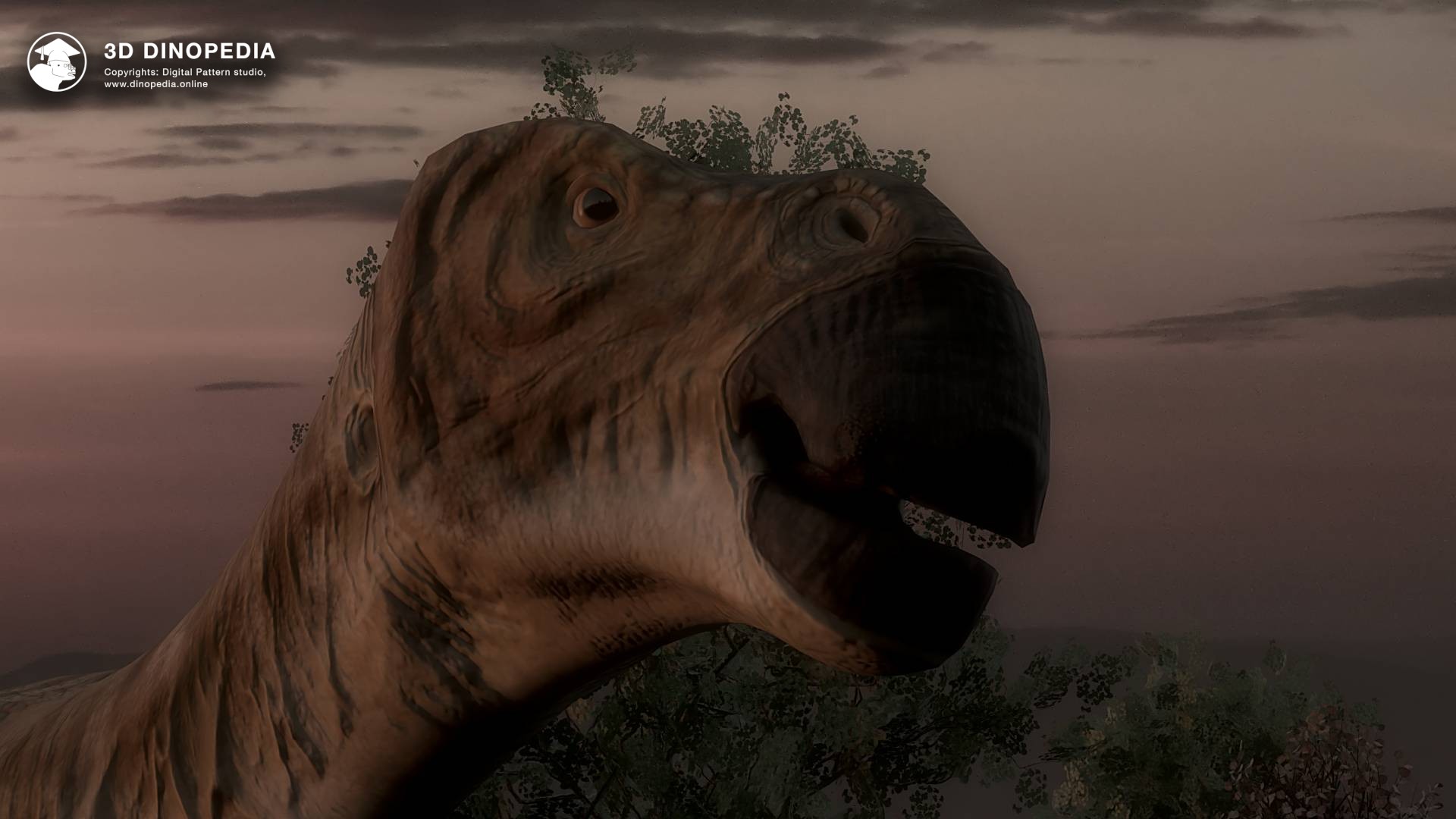

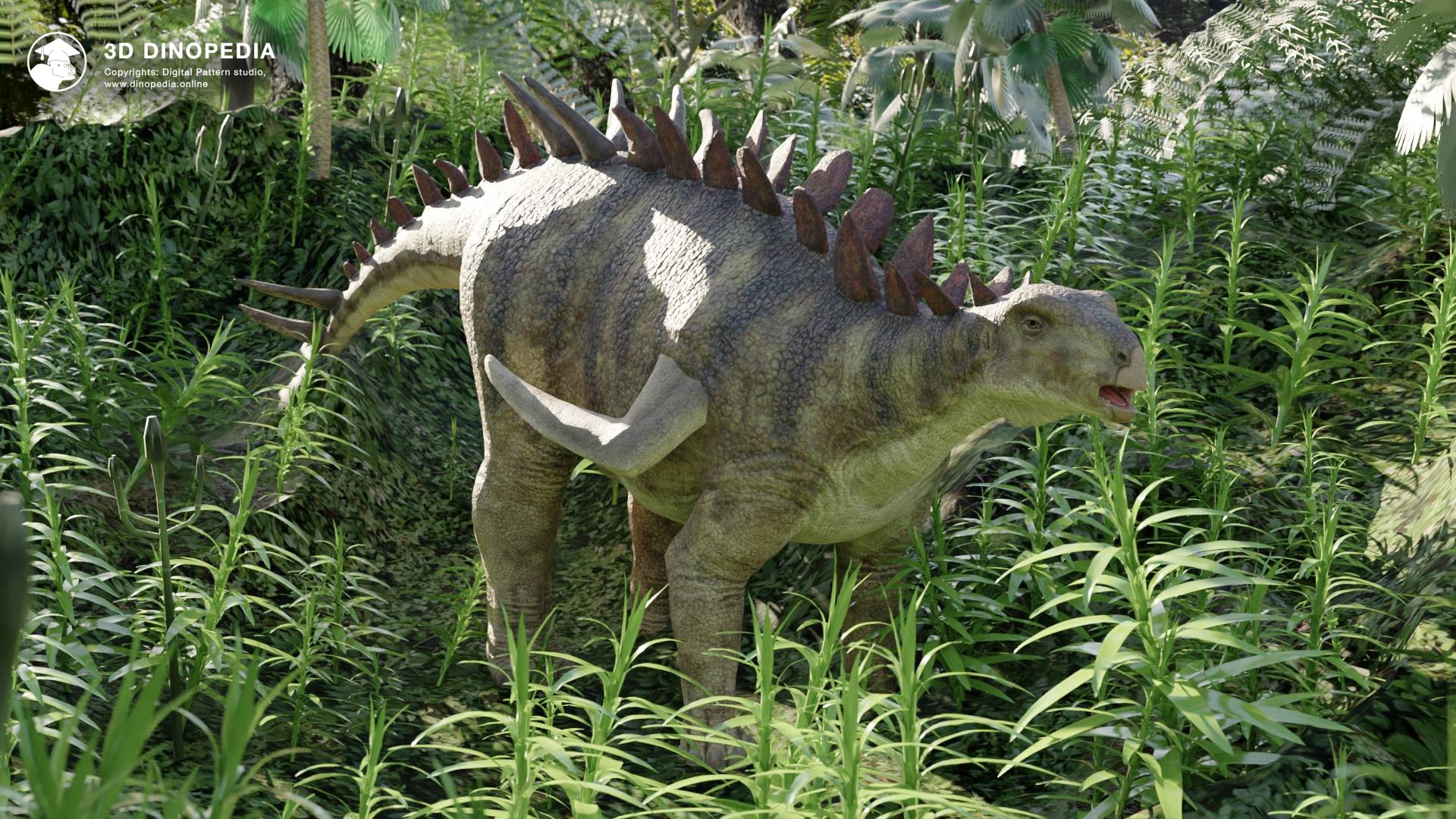

{{ count }} comments
You must login to write a comment